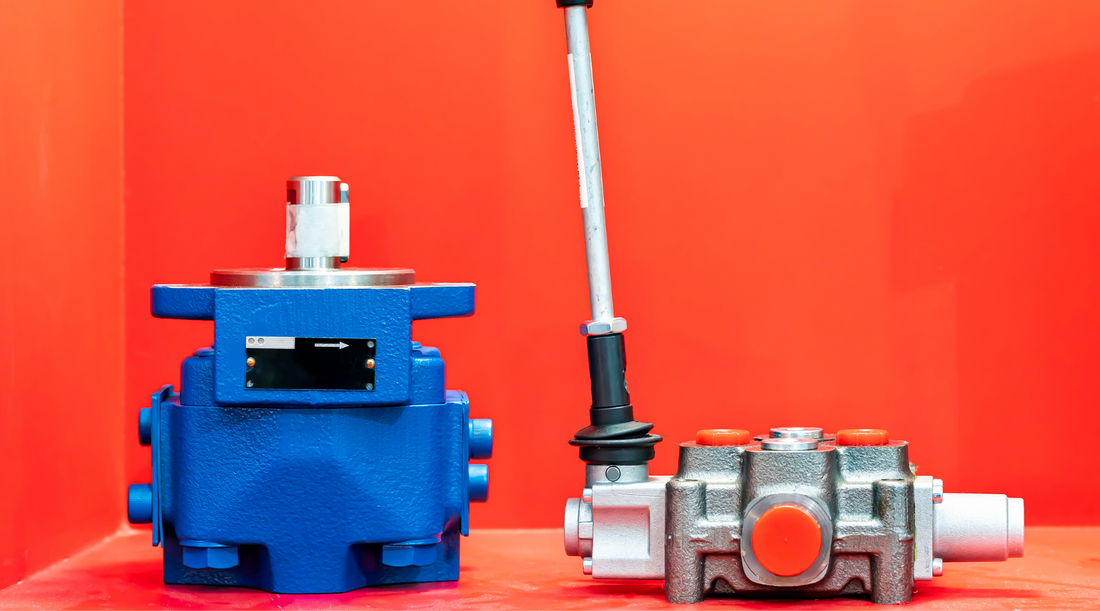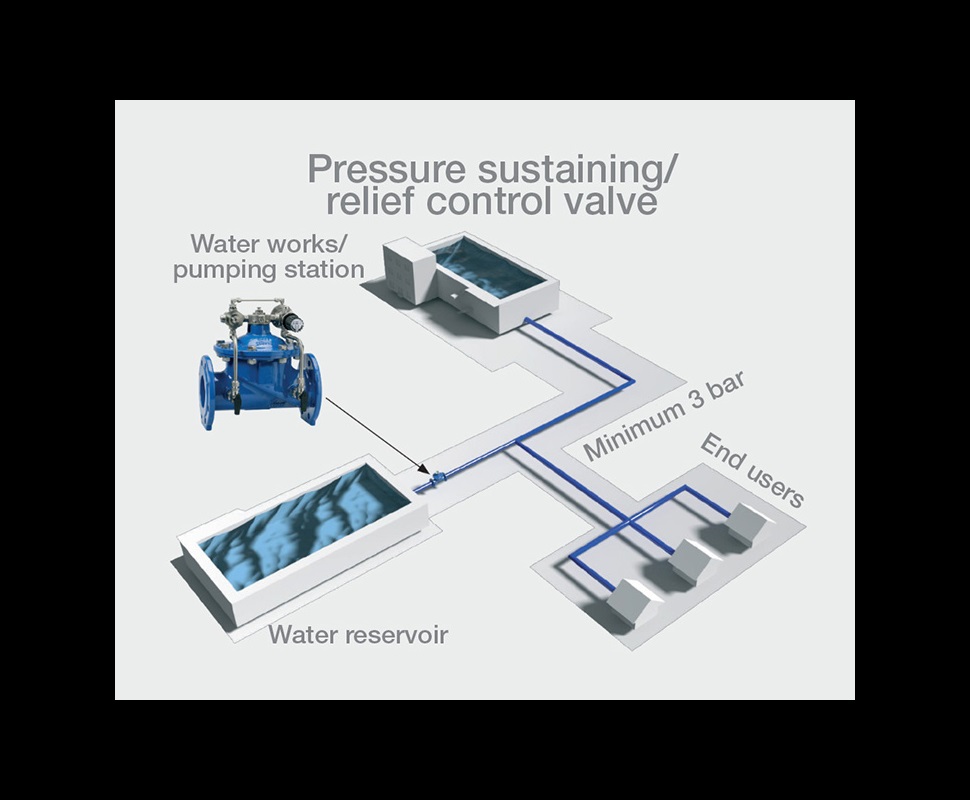How Control Valves Impact Power Performance in Industrial Settings
Wiki Article

Maximize Energy Financial Savings and Comfort With Advanced Building Automation Controls
In the realm of modern-day style and facility management, the integration of advanced building automation controls stands as a critical improvement. The convergence of modern technology and sustainability has birthed a new age where power effectiveness, comfort optimization, and functional streamlining are no much longer far-off desires yet obtainable facts. By taking advantage of the power of automation, buildings can adjust, respond, and evolve in means that were as soon as unimaginable. The capacity for substantial power savings and boosted comfort is not simply an assurance however an opportunity waiting to be fulfilled. This paradigm shift in building monitoring holds the key to opening a globe where environmental conscientiousness and occupant health sympathetically exist together within the wall surfaces of our frameworks.Energy Effectiveness Perks
Power performance advantages can considerably lower power usage and operational costs in buildings. By applying energy-efficient methods and technologies, structure owners and operators can accomplish substantial cost savings while also adding to ecological sustainability. Among the primary benefits of enhancing power effectiveness in structures is the decrease of utility costs. Energy-efficient systems, such as advanced structure automation controls, can maximize the use of resources like air conditioning, heating, and illumination, bring about lower power costs gradually.Furthermore, improved energy efficiency can extend the life expectancy of structure tools and systems. By operating extra effectively, a/c systems, light, and various other building parts experience much less damage, resulting in reduced maintenance and substitute expenses. In addition, energy-efficient structures often regulate higher property worths and rental rates, supplying lasting financial benefits to proprietors.
Additionally, power performance can enhance occupant comfort and performance. Appropriately controlled indoor settings with optimal lights and thermal conditions create an even more helpful and enjoyable work space, leading to boosted staff member satisfaction and efficiency. In general, the power effectiveness benefits connected with advanced structure automation controls are multifaceted, incorporating price savings, ecological stewardship, and passenger well-being.
Boosted Convenience Control
Enhancing convenience control in building atmospheres needs an advanced assimilation of advanced automation systems for ideal owner wellness. By using innovative structure automation controls, centers can customize the indoor setting to meet the specific needs and choices of occupants. These systems enable specific regulation of lighting, temperature, and air flow, creating a comfy and effective atmosphere. Resident fulfillment and performance are very closely linked to thermal convenience, making it essential to have systems in place that can adapt to transforming problems in real-time.By including these innovative controls, structures can not just improve comfort but additionally improve energy efficiency by optimizing system operations based on actual occupancy and use patterns. Eventually, focusing on passenger convenience through innovative automation systems leads to a much more delightful and much healthier indoor atmosphere.
Operational Efficiency Improvements

In addition, the implementation of real-time monitoring and analytics tools enables building drivers to determine energy inefficiencies and functional anomalies immediately. By continually keeping track of power use patterns and system performance metrics, modifications can be have a peek at these guys made in real-time to optimize power consumption and ensure peak functional efficiency. control valves. Additionally, including demand action approaches right into building automation controls can better enhance operational efficiency by dynamically readjusting power usage based on grid conditions helpful site and pricing signals
Indoor Climate Optimization
Effective interior environment optimization is an essential element of building automation controls, guaranteeing occupants' convenience and wellness while maximizing power savings. By making use of sophisticated sensors and controls, building automation systems can constantly monitor and readjust temperature level, humidity levels, air top quality, and ventilation to develop an optimal interior atmosphere. Maintaining regular and comfortable conditions not only improves owner contentment yet additionally boosts performance and total well-being.Indoor climate optimization additionally plays a crucial duty in energy performance. By fine-tuning heating, air flow, and air conditioning systems based upon real-time information and tenancy patterns, building automation controls can substantially decrease power consumption - control valves. For circumstances, carrying out methods such as demand-controlled ventilation and thermal zoning can help minimize power waste while ensuring that each area of the structure gets the essential conditioning.

Lasting Setting Production
Building automation controls not only optimize interior environment conditions for energy effectiveness and occupant comfort but likewise lay the foundation for creating a lasting atmosphere through strategic administration of sources and systems. By incorporating advanced building automation modern technologies, such as sensing units, actuators, and smart software application, facilities can keep track of and readjust power use in real-time to minimize waste and decrease their carbon impact. These systems enable predictive maintenance, recognizing possible problems before they intensify and optimizing equipment efficiency to enhance durability and effectiveness.Additionally, lasting atmosphere creation expands beyond energy administration to include water conservation, waste reduction, and interior air high quality renovation. Building automation controls can control water usage, discover leaks, and make certain appropriate waste disposal methods, contributing to general sustainability initiatives. Furthermore, by monitoring and managing air flow and purification systems, these modern technologies improve passenger health and wellness and performance while decreasing power consumption connected with heating and cooling procedures.
Verdict
In final thought, progressed building automation manages offer significant advantages in terms of energy cost savings, comfort control, operational YOURURL.com effectiveness, indoor environment optimization, and creating a sustainable atmosphere. By implementing these controls, structures can achieve optimum efficiency while decreasing power usage and improving passenger comfort. It appears that making use of sophisticated automation innovation is critical in enhancing building efficiency and developing an extra sustainable future.Energy efficiency benefits can significantly decrease energy usage and operational expenses in buildings. On the whole, the power efficiency advantages associated with sophisticated structure automation controls are diverse, including price savings, environmental stewardship, and passenger health.
Additionally, incorporating demand reaction techniques right into structure automation controls can additionally enhance operational efficiency by dynamically changing energy use based on grid conditions and pricing signals.
Structure automation controls not only maximize indoor environment conditions for power efficiency and owner convenience but likewise lay the foundation for producing a sustainable atmosphere through calculated administration of resources and systems.In final thought, advanced building automation controls offer substantial advantages in terms of power financial savings, convenience control, operational effectiveness, interior environment optimization, and creating a lasting environment.
Report this wiki page